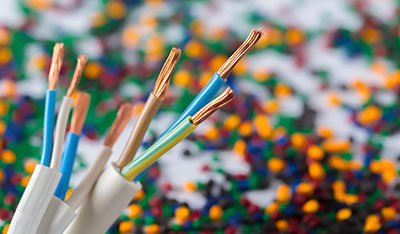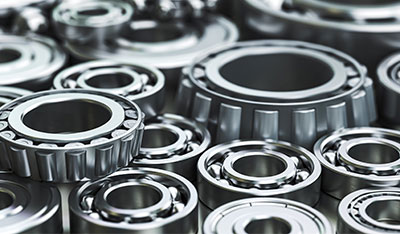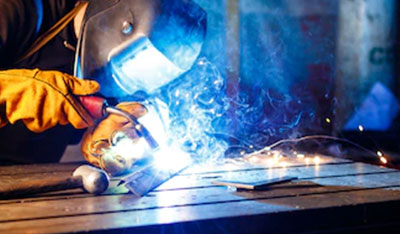HOME ﹥ LPG
LPG or Liquefied Petroleum Gas is an essential fuel for kitchens and households. It is a combination of two hydrocarbons – Butane and Propane – that are colorless, odorless, and flammable in their gaseous state. When subjected to modest pressure and cooling, LPG transforms into liquid form, making it safe to carry with proper handling. The gas is obtained as a by-product of natural gas processing and crude oil refining.
The production and distribution of LPG involve several steps to minimize energy wastage. Two types of energy sources are obtained during the production process – oils transported to refineries and natural gases that meet commercial specifications. LPG for Ceramics and LPG in Boiler are transported to storage terminals by LPG Tank Trucks, LPG Tank Wagons or LPG pipelines.
Large quantities of imported LPG are stored at the terminals, which are then delivered to cylinder filling plants by road tankers, tank wagons, coastal tankers, or pipeline. At the bottling plants, cylinders are filled with LPG (propane and butane mix) and stored in pressurized cylinders/vessels. LPG furnace and LPG for the foam industry are among the many common applications of liquefied petroleum gas.
The bottling plants supply cylinders to both domestic and commercial customers, while bulk tank truck transport the gas from storage centers to various consumers. The distribution of LPG is an extensive and well-managed process, ensuring a safe and steady supply to households, industries and commercial establishments.
High purity
Clean burning and emits almost no pollutants.
Low maintenance cost
Low Sulfur
High Furnace Efficiency
High Burner Efficiency
Reduce Carbon Emission

Cylinders

Retail Units

Bakery

Wire Manufacturing

Bearing Manufacturing

Metal Hardening Processes